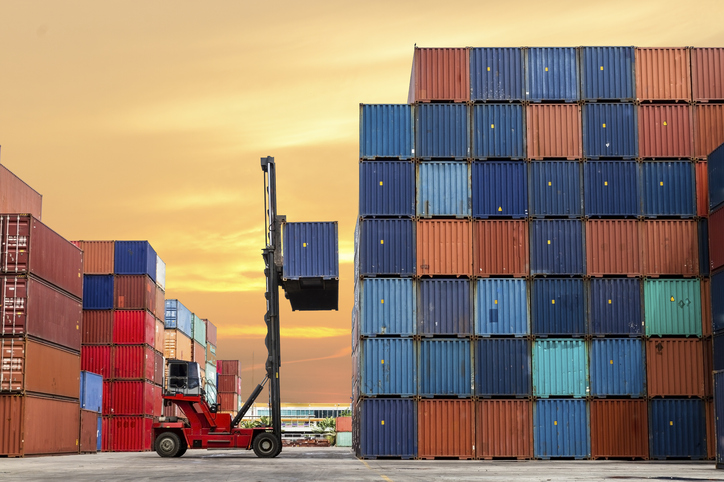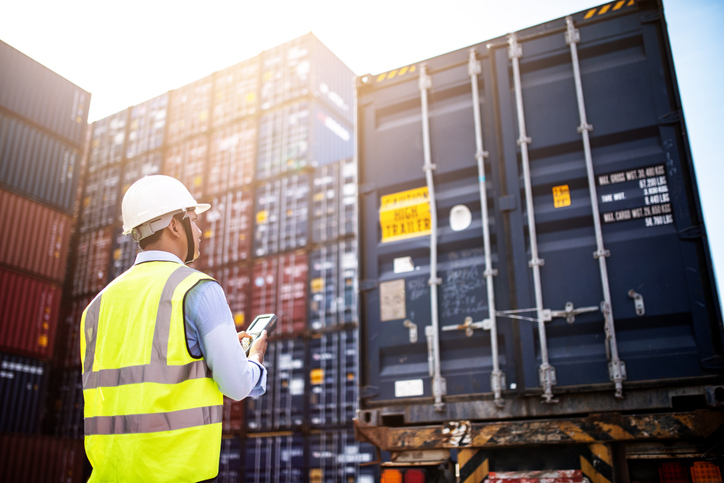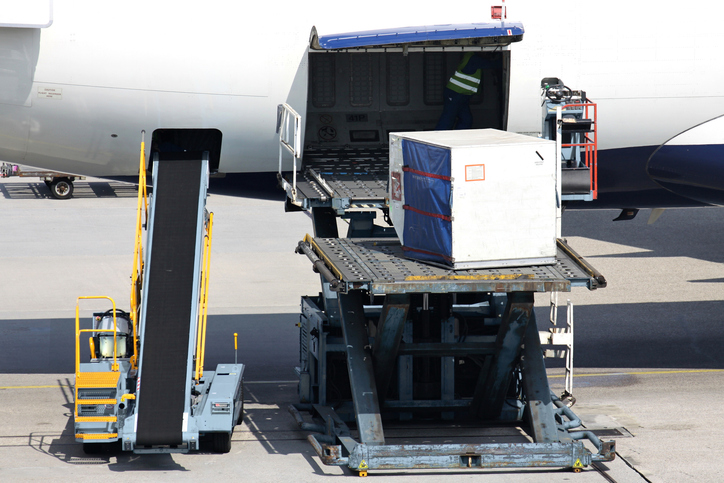
The Weekly Roar
In this week’s Roar: an early holiday for shippers, U.S. imports up, an embargo in Canada, port strikes and air freight, and a perspective on digital transformation.
 U.S. retailers are stepping up holiday imports due to fears of potential strikes at ports and continuing disruptions on the Red Sea. This led to more than usual container imports in July, mostly fed by precautionary measures instead of consumer demand — which is restrained by inflation and high interest rates. If a strike does happen in October, it could potentially cause extensive delays, pushing some companies to start their holiday promotions early, hoping to attract consumers who aren’t last-minute buyers. However, this isn’t the only thing that is influencing import patterns; tariffs on goods especially from China, are also a factor.
U.S. retailers are stepping up holiday imports due to fears of potential strikes at ports and continuing disruptions on the Red Sea. This led to more than usual container imports in July, mostly fed by precautionary measures instead of consumer demand — which is restrained by inflation and high interest rates. If a strike does happen in October, it could potentially cause extensive delays, pushing some companies to start their holiday promotions early, hoping to attract consumers who aren’t last-minute buyers. However, this isn’t the only thing that is influencing import patterns; tariffs on goods especially from China, are also a factor.
The Descartes Global Shipping Report for August confirms that the holiday imports are coming early by highlighting robust import volumes into the U.S. — an increase of 11.2% in U.S.-bound container import volumes through early August. The August increase is a 26-month high, ranking up there with numbers seen during the pandemic.
Canadian National Railway (CN Rail) and Canadian Pacific Kansas City Ltd. (CPKC) are taking precautionary measures to prevent disruptions to the supply chain. With a potential lockout looming on August 22nd due to ongoing contract negotiations with workers, both railways have begun to embargo shipments of hazardous goods to prevent dangerous materials from being stranded if a work stoppage occurs. Labor negotiations over scheduling and wages have stalled, and the railways have warned they will lock out around 9,300 workers if no agreement is reached.
In the event of port strikes, expect to see a strain on the airfreight sector — something that could reveal its vulnerability to a capacity crisis — as companies turn to air freight to avoid disruptions. The industry is still recovering from pandemic-related challenges, including reduced belly cargo because of decreased passenger flights. If there is a shift from ocean freight to air, it could lead to increased rates and further logistical challenges.
It seems resistance to change is not always a bad thing. In fact, some have decided that resistance to the industry’s digital transformation could be a valuable asset if it’s managed correctly. By embracing and understanding where the pushback is coming from, leaders may be in a better position to implement strategies, since resistance often highlights potential flaws or areas that need more attention. The key may be to involve team members early in the process. Listening to their concerns and taking advantage of their feedback can help refine and improve transformation efforts.
For the rest of the week’s top shipping news, check out the article highlights below.









